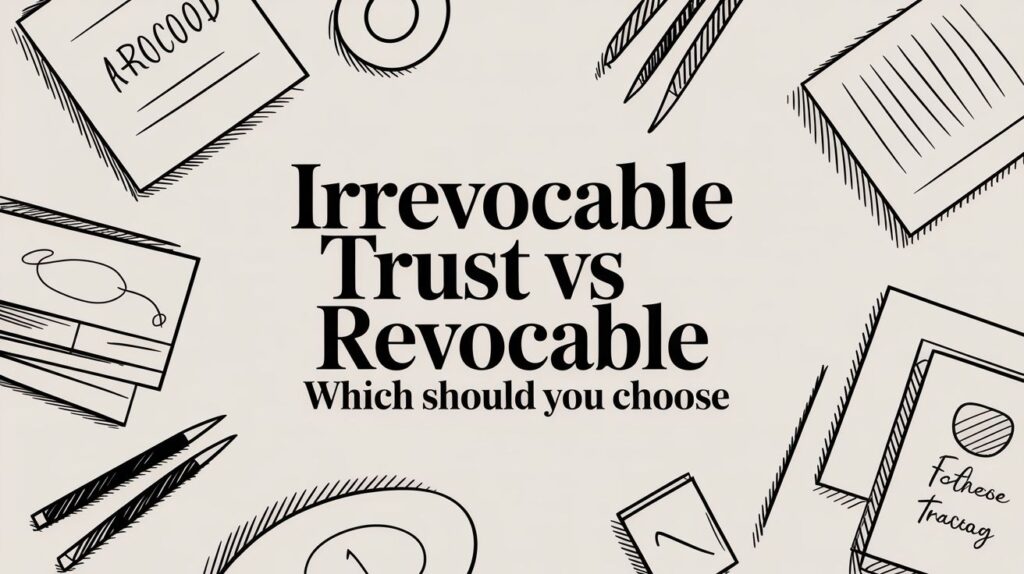Transferring property after the passing of a loved one can be a daunting task, especially when navigating the complexities of probate. However, there are alternative methods available that allow for the transfer of property without the need for probate court involvement. In this guide, we will explore various strategies and mechanisms for transferring property without probate, offering clarity and insight into these processes. From joint tenancy to living trusts and beneficiary designations, understanding these options can provide peace of mind and streamline the transfer of assets during challenging times. Join us as we delve into the realm of transferring property without probate, empowering you with knowledge and understanding every step of the way.

Joint Tenancy, Tenancy by the Entirety & Community Property in Texas
Property ownership is a common way for individuals to share ownership and ensure a smooth transition in the event of death. There are various forms of joint ownership, including Joint Tenancy with Right of Survivorship (JTWROS), Tenancy by the Entirety (for married couples only), and Community Property (also for married couples only). JTWROS involves multiple individuals holding equal shares of property, and upon the death of one owner, their share automatically passes to the surviving owners. This arrangement bypasses probate and transfers the deceased owner’s share to the remaining owners, avoiding complexities and delays associated with probate proceedings.
However, entering into a joint tenancy arrangement carries certain risks and considerations. All owners in a joint tenancy have equal rights to the property, meaning decisions regarding the property must be made jointly. Additionally, if one owner wishes to sell their share of the property, they may encounter challenges as the property’s ownership structure requires the consent of all owners. Tenancy by the Entirety is specific to married couples and recognized in some states, offering a streamlined method of jointly owning property while offering protection against potential creditors’ claims against one spouse’s individual debts.
Community Property is another form of joint ownership exclusive to married couples residing in community property states. In these states, property acquired during the marriage is automatically considered community property, owned equally by both spouses. Upon the death of one spouse, the surviving spouse inherits the deceased spouse’s share of the community property.
Joint Tenancy, Tenancy by the Entirety & Community Property in Texas
Estate planning often involves streamlining the transfer of assets to loved ones after their death, avoiding the complexities and delays associated with probate. Transfer-on-death (TOD) deeds and Payable-on-Death (POD) accounts are two methods that allow property owners to designate beneficiaries who will inherit the property upon the owner’s death without the need for probate. TOD deeds bypass the probate process, which can be time-consuming and costly, and ensure a smooth and efficient transfer of real estate assets to chosen heirs.
However, property owners must understand the implications and considerations associated with TOD deeds, such as the lack of rights or ownership interests in the property during the owner’s lifetime. Additionally, property owners must ensure that the TOD deed is properly executed and recorded according to state laws to ensure its validity and enforceability.
POD accounts offer a similar mechanism for designating beneficiaries for bank accounts or investment accounts. Account holders can designate one or more beneficiaries who will automatically receive the funds in the account upon the account holder’s death. Like TOD deeds, POD accounts bypass the probate process, providing a direct and efficient means of transferring funds to chosen beneficiaries.
However, individuals should carefully consider their estate planning goals and objectives before designating beneficiaries through these mechanisms. Factors such as asset nature, number of beneficiaries, and potential tax implications should be taken into account when making beneficiary designations. With proper planning and guidance, individuals can leverage TOD deeds and POD accounts to effectively manage their estate and provide for their loved ones in the future.

Living Trusts: A Comprehensive Guide to Estate Planning
In the realm of estate planning, individuals seek effective methods to manage their assets and ensure the smooth transfer of wealth upon their passing. Among the various estate planning tools available, living trusts stand out as a versatile and efficient means of managing assets. A living trust, also known as a revocable or intervivos trust, transfers property ownership to a trust, with a designated trustee managing it. The individual creating the trust, known as the grantor or settlor, retains control over the trust during their lifetime and has the flexibility to modify or revoke it as needed. The trustee, appointed by the grantor, holds legal title to the trust property and is responsible for managing the trust assets.
One of the primary advantages of a living trust is its ability to facilitate the efficient transfer of assets to beneficiaries without the need for probate. A living trust allows you to distribute assets to beneficiaries according to its instructions, typically more quickly and privately than through a will, which would require probate court proceedings. By bypassing probate, living trusts help to minimize delays, reduce administrative costs, and maintain privacy for the grantor and beneficiaries.
However, it’s essential for individuals considering a living trust to understand that not all methods are suitable for every situation. The decision to establish a living trust should be based on careful consideration of various factors, including the nature and value of assets, estate planning goals, and state laws governing trusts and probate. Additionally, individuals should consult with an experienced estate planning attorney.

Conclusion
In conclusion, navigating the probate process in Texas requires careful consideration of various options and strategies to transfer property efficiently and effectively. While probate can be daunting, alternative methods are available that offer clarity, insight, and peace of mind.
Ultimately, individuals should carefully weigh their options, seek professional guidance, and create a comprehensive estate plan that aligns with their specific needs and objectives. By leveraging the insights and strategies outlined in this guide, you can confidently navigate the probate process in Texas and ensure that your assets smoothly transfer to your chosen beneficiaries.








